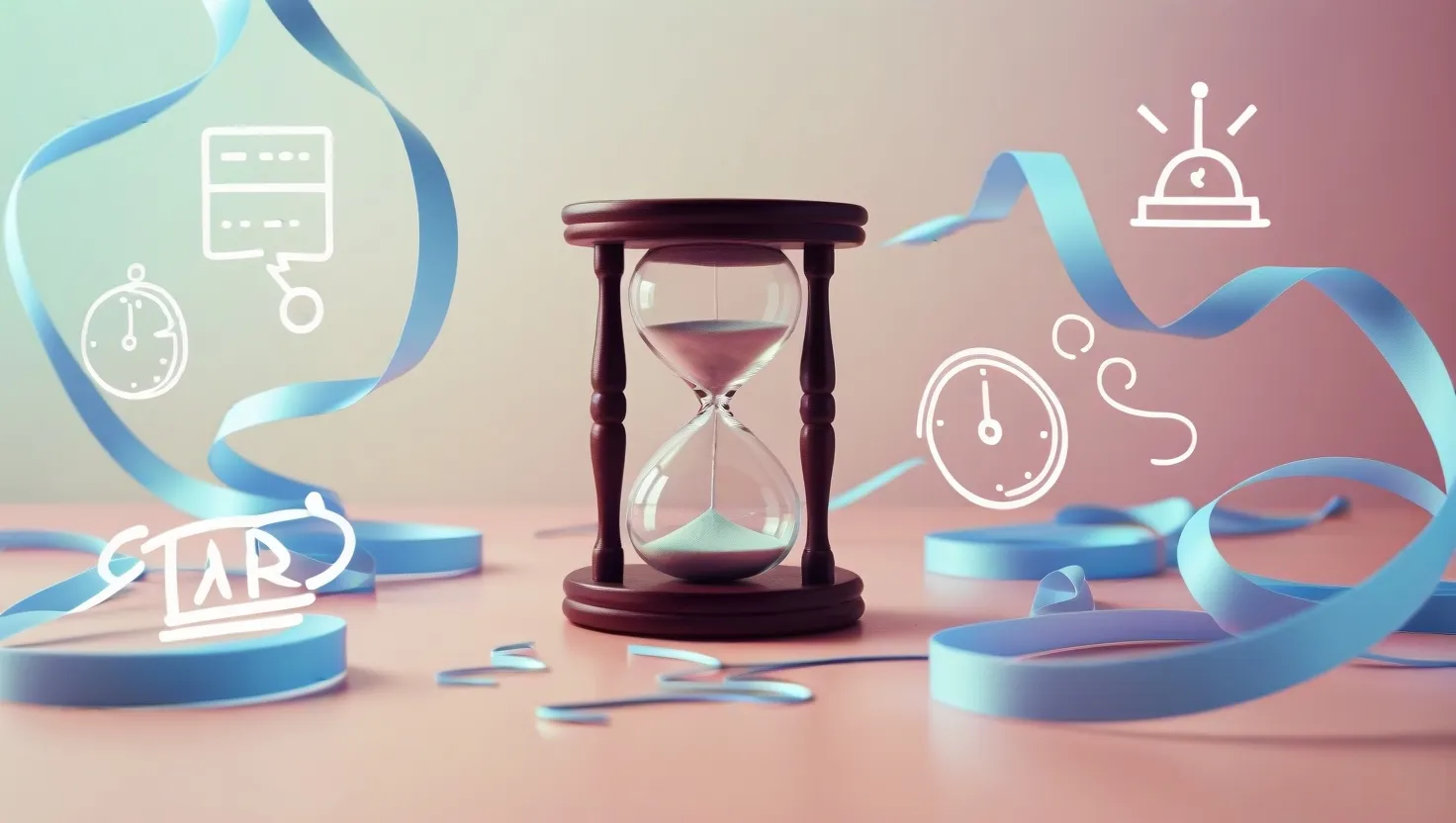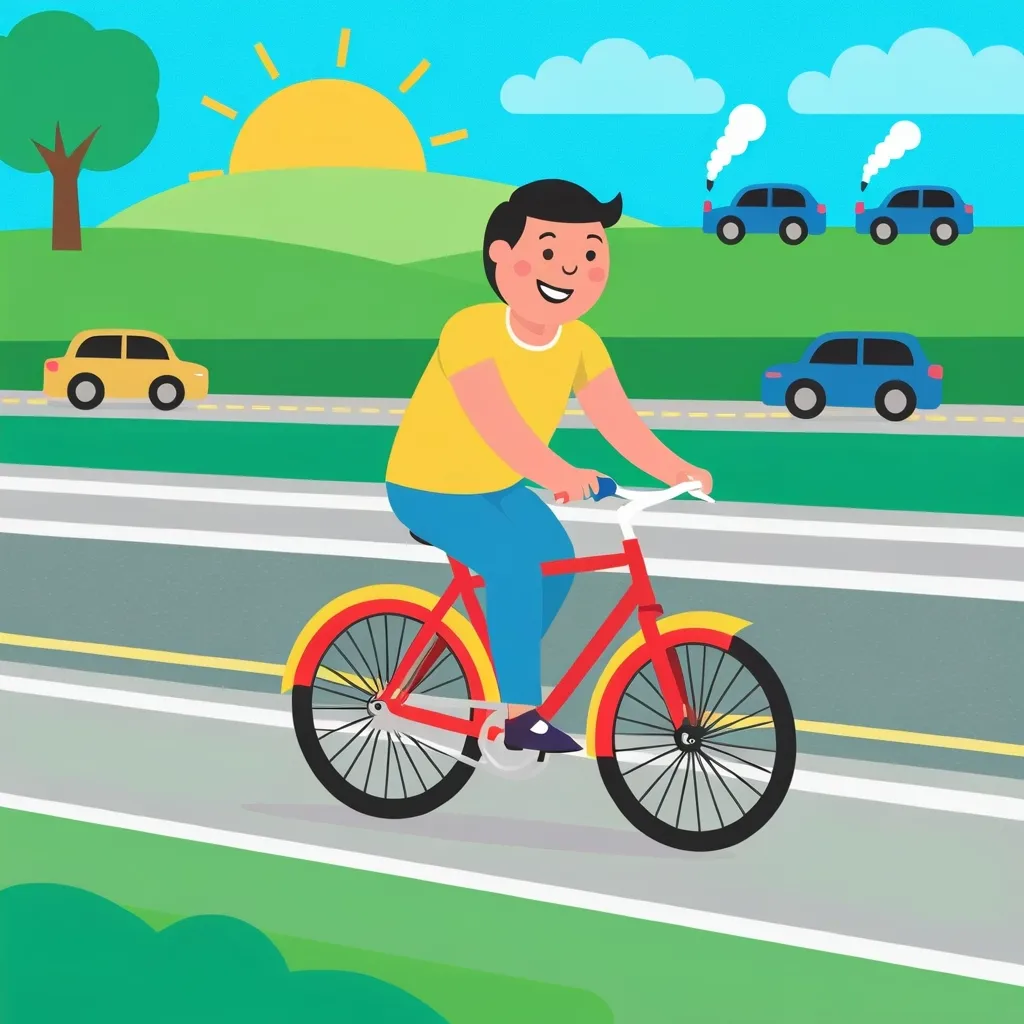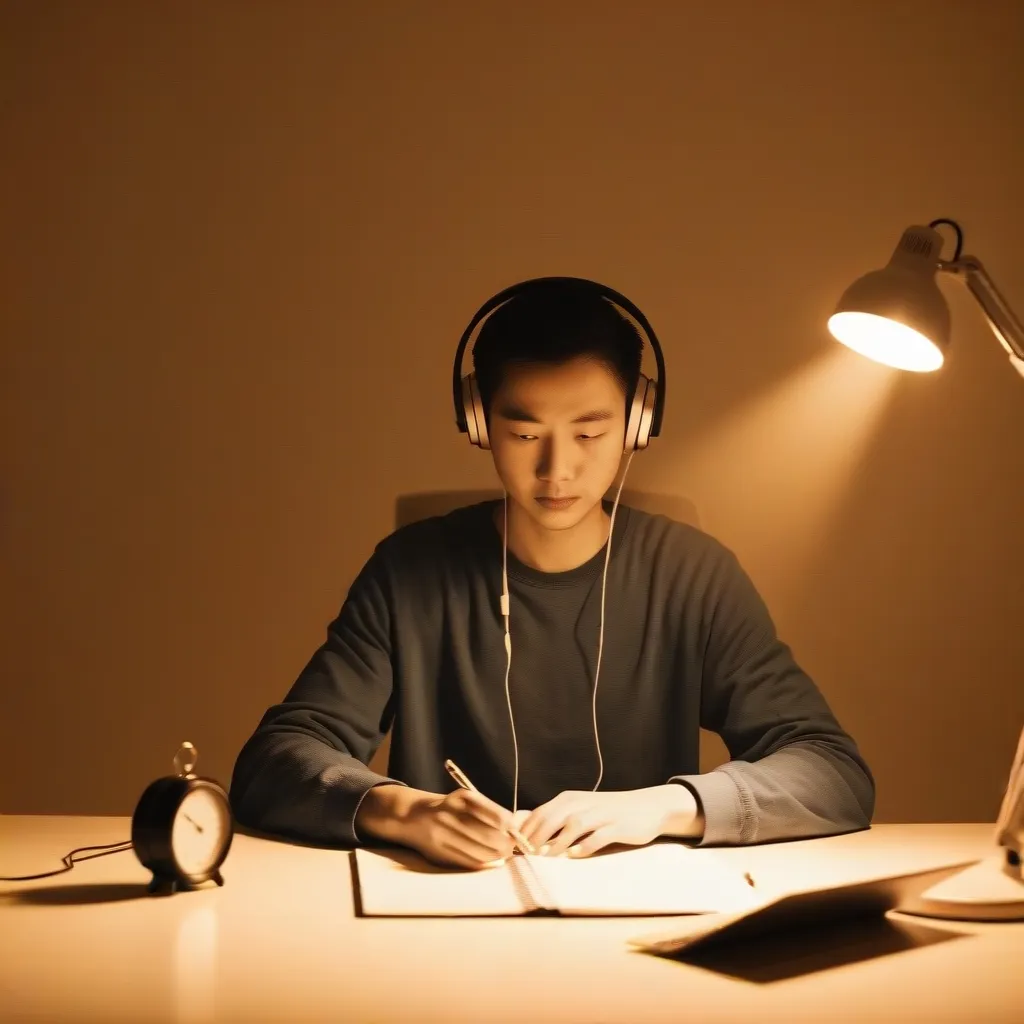In the pursuit of optimal productivity, we often find ourselves trapped in a cycle of traditional time management techniques that can feel rigid and unyielding. However, what if we could transform our daily tasks into a harmonious dance with time itself? This concept, which we can call “chronoaesthetic productivity,” is about aligning your workflow with your unique perception of time, making every task feel natural and effortless.
To begin this journey, it’s essential to understand how different tasks affect your sense of time. For some, creative work can make hours feel like minutes. If you’re one of these people, scheduling your creative tasks during periods when you want your day to fly by can be incredibly effective. Imagine working on a painting or writing a story; the world around you fades away, and before you know it, the sun has set.
On the other hand, detailed tasks can slow down time. These tasks, such as data entry or meticulous research, require focus and attention to detail. If you’re someone who enjoys the methodical pace of these tasks, you might find that they make time feel more expansive. Scheduling these tasks when you want to savor every minute can turn what might otherwise be tedious work into a meditative experience.
Understanding Your Chronotype
Your chronotype, or your natural sleep-wake cycle, plays a significant role in how you perceive time. Morning-type individuals often report better quality of life and sleep, which can influence how they approach their daily tasks. If you’re a morning person, you might find that your most productive hours are early in the day, and tasks that require creativity or high energy should be scheduled then.
In contrast, evening-type individuals might find their creative juices flowing later in the day. Understanding your chronotype can help you design a schedule that complements your natural rhythms, ensuring that you’re working in harmony with your internal clock.
The Power of Aesthetic Timers
Tools like the Pomodoro technique can be invaluable in this chronoaesthetic approach. The Pomodoro technique involves breaking your work into 25-minute intervals (called “Pomodoros”) separated by short breaks. This method is based on the idea that frequent breaks can improve mental agility and help you stay focused.
Aesthetic timers, which combine the Pomodoro technique with visually appealing themes, can enhance this experience. Imagine working in a virtual environment that mimics a cozy cafe or a serene beach. These environments can create a sense of calm and focus, making your work sessions feel more enjoyable and productive.
For example, if you’re using an aesthetic timer with a rain theme, the soothing sound of raindrops can create a peaceful atmosphere that helps you concentrate. After each Pomodoro, a short break allows you to recharge, making the transition between tasks smoother and more efficient.
Customizing Your Workflow
One of the key aspects of chronoaesthetic productivity is customization. Everyone’s perception of time is unique, and what works for one person may not work for another. By experimenting with different task durations and breaks, you can find the rhythm that best suits your internal clock.
For instance, if the traditional 25-minute Pomodoro interval doesn’t work for you, you can adjust it to 30, 40, or even 60 minutes. Some people find that longer work sessions with longer breaks are more effective, while others prefer shorter intervals with more frequent breaks.
Integrating Tasks with Your Calendar
To make the most of this approach, it’s crucial to integrate your tasks with your calendar. By scheduling your Pomodoro sessions in advance, you can ensure that you’re making the most of your time and staying on top of your commitments.
For example, if you have a busy day ahead with meetings and appointments, you can schedule your Pomodoro sessions around these events. This way, you can maintain a consistent workflow without feeling overwhelmed by the demands of your day.
The Role of Environment
The environment in which you work can significantly impact your productivity and perception of time. Creating an aesthetic study or work space that aligns with your personal preferences can make a substantial difference.
Imagine working in a virtual space that looks like a futuristic cyberpunk city or a serene garden. These environments can evoke different emotions and focus levels, helping you to stay engaged and motivated. Tools like WonderSpace allow you to create your own aesthetic Lofi study space, complete with music, animations, and todo lists, making your work sessions feel more like a relaxing experience.
Reducing Stress and Burnout
One of the most significant benefits of chronoaesthetic productivity is its ability to reduce stress and burnout. By breaking your work into manageable intervals and taking regular breaks, you can avoid the feeling of being overwhelmed.
For instance, if you’re working on a complex project, breaking it down into smaller tasks and using an aesthetic timer can make the process feel less daunting. The regular breaks give you time to recharge, ensuring that you’re always working at your best.
Making Productivity an Art Form
In essence, chronoaesthetic productivity turns the act of working into an art form. It’s about creating a harmonious composition between your tasks and your internal clock, making every moment feel purposeful and enjoyable.
Imagine your day as a beautifully choreographed dance, where each task is a step that flows seamlessly into the next. This approach not only enhances your productivity but also makes the process of working feel pleasurable.
By understanding how different tasks affect your sense of time, customizing your workflow, and integrating your tasks with your calendar, you can create a daily routine that feels natural and effortless. In this chronoaesthetic world, work becomes a journey through time that is tailored to your unique temporal aesthetics, making every day a productive and enjoyable experience.





